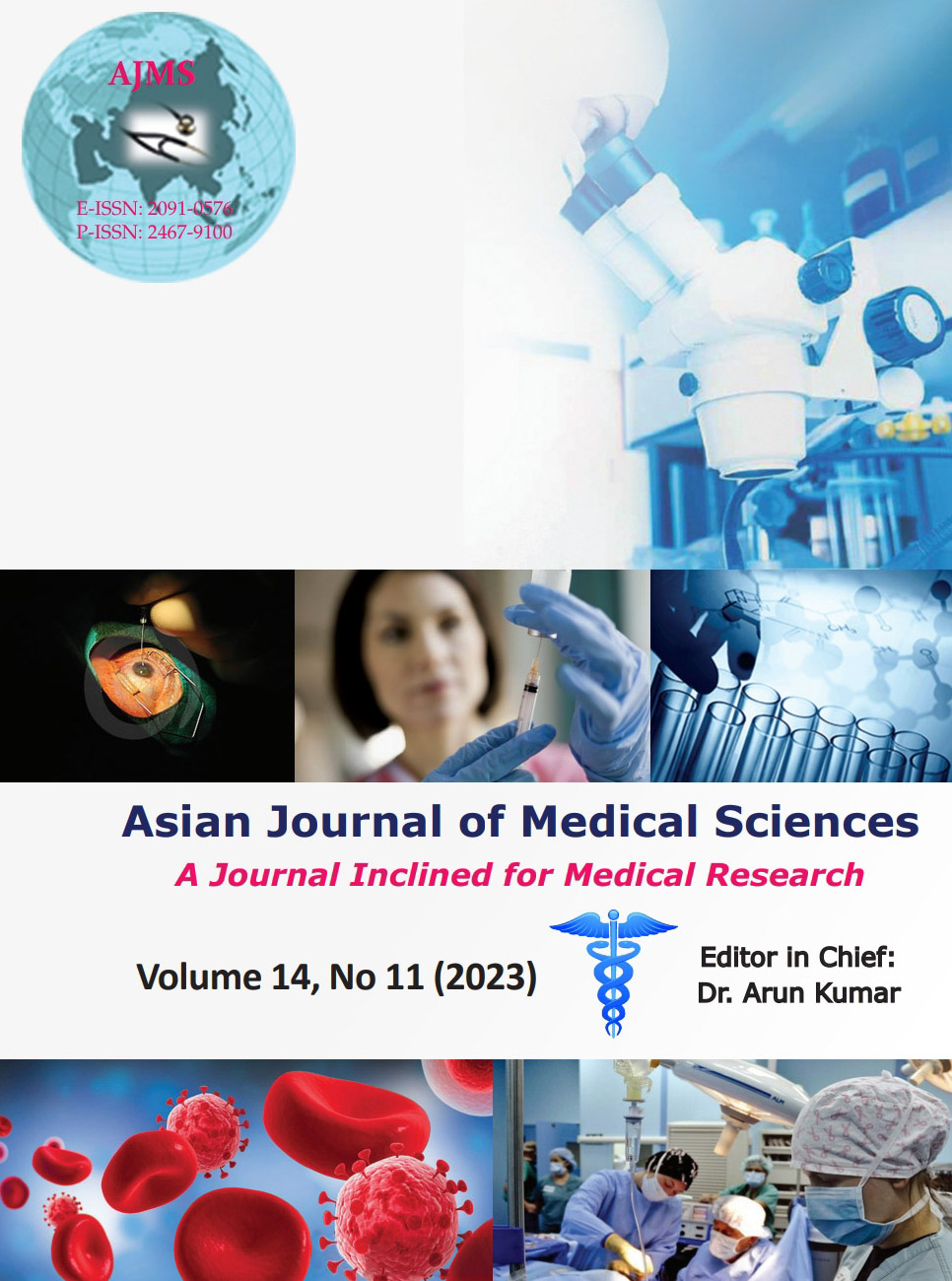A cross-sectional study of the clinical profile of children admitted with yellow phosphorous poisoning in a tertiary care hospital
Keywords:
Rodenticide; Plasma exchange; Liver transplantation; N-acetyl cysteineAbstract
Background: Yellow phosphorous (YP) is a protoplasmic poison that is mainly used as a rodenticide.
Aims and Objectives: The aim of the study is to describe the clinical profile of YP poisoning in children in a tertiary care hospital.
Materials and Methods: This is a cross-sectional study done in a tertiary care hospital in Tamil Nadu. A convenience sample of all the cases admitted during the year 2022 was done. Demographic and clinical data were collected and analyzed.
Results: The male: female ratio was 1.16:1 (n=13). The mean age of the children was 4.0769±1.373 years. About 84.61% of the children reported to the hospital within 6 h. On admission, fever (30.76%), vomiting (30.76%), abdominal pain (30.76%), bleeding (15.38%), and altered sensorium (15.38%) were the common symptoms. All the children ingested YP accidentally. Leukocytosis was observed in about 30.76%. The mean peak serum aspartate aminotransferase (AST) and alanine aminotransferase (ALT) levels were 516.9231±685.976 IU/L and 161.9231±215.107 IU/L, respectively. There were no alterations in the Electrocardiographic tracings, levels of serum electrolytes, blood glucose, and serum creatinine in children with YP poisoning. Significant differences were observed between children who survived and children who died in the levels of mean peak AST, mean peak ALT, INR, and in the presence of encephalopathy and bleeding manifestations.
Conclusion: YP is an uncommon but lethal poison in children. Creating awareness among parents about the dangers of YP and nationwide prohibition of the sale of YP will be an important step in eliminating deaths in children who are accidental victims.
Downloads
Downloads
Published
How to Cite
Issue
Section
License
Copyright (c) 2023 Asian Journal of Medical Sciences

This work is licensed under a Creative Commons Attribution-NonCommercial 4.0 International License.
Authors who publish with this journal agree to the following terms:
- The journal holds copyright and publishes the work under a Creative Commons CC-BY-NC license that permits use, distribution and reprduction in any medium, provided the original work is properly cited and is not used for commercial purposes. The journal should be recognised as the original publisher of this work.
- Authors are able to enter into separate, additional contractual arrangements for the non-exclusive distribution of the journal's published version of the work (e.g., post it to an institutional repository or publish it in a book), with an acknowledgement of its initial publication in this journal.
- Authors are permitted and encouraged to post their work online (e.g., in institutional repositories or on their website) prior to and during the submission process, as it can lead to productive exchanges, as well as earlier and greater citation of published work (See The Effect of Open Access).




